
Culture
18:50, 12-Dec-2017
The man and the terracotta warriors: Restoring an ancient empire
CGTN
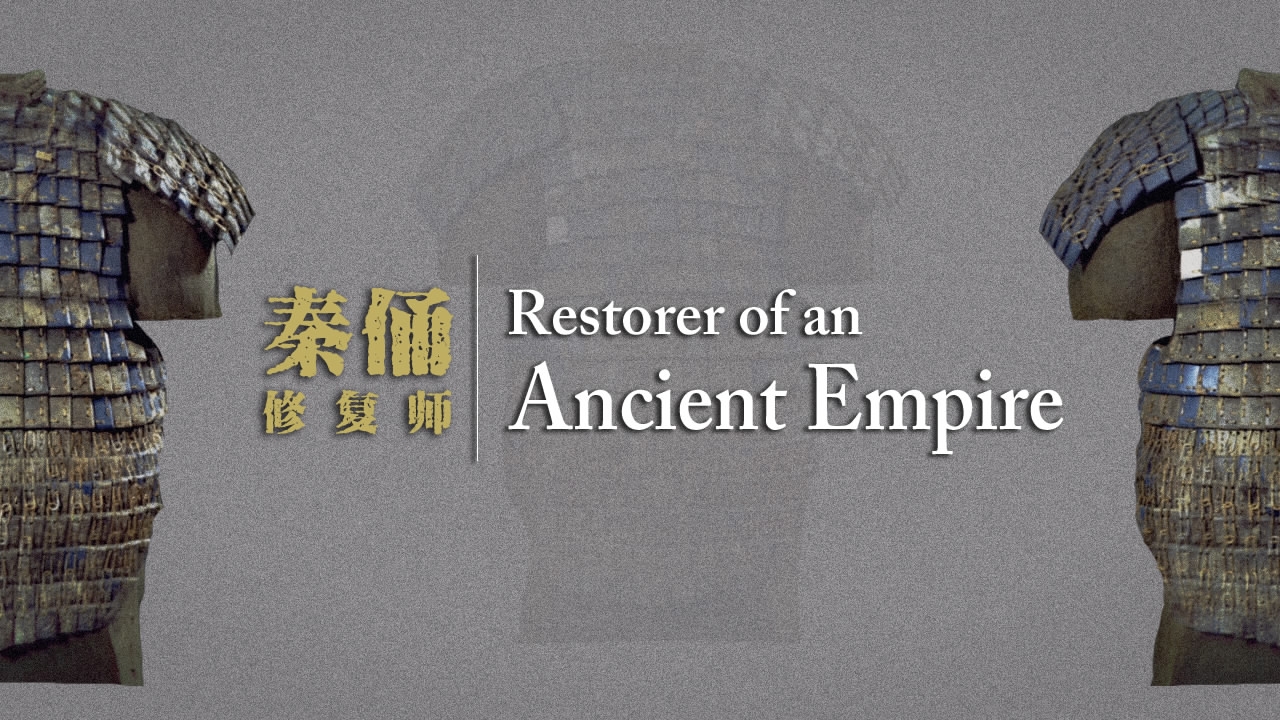
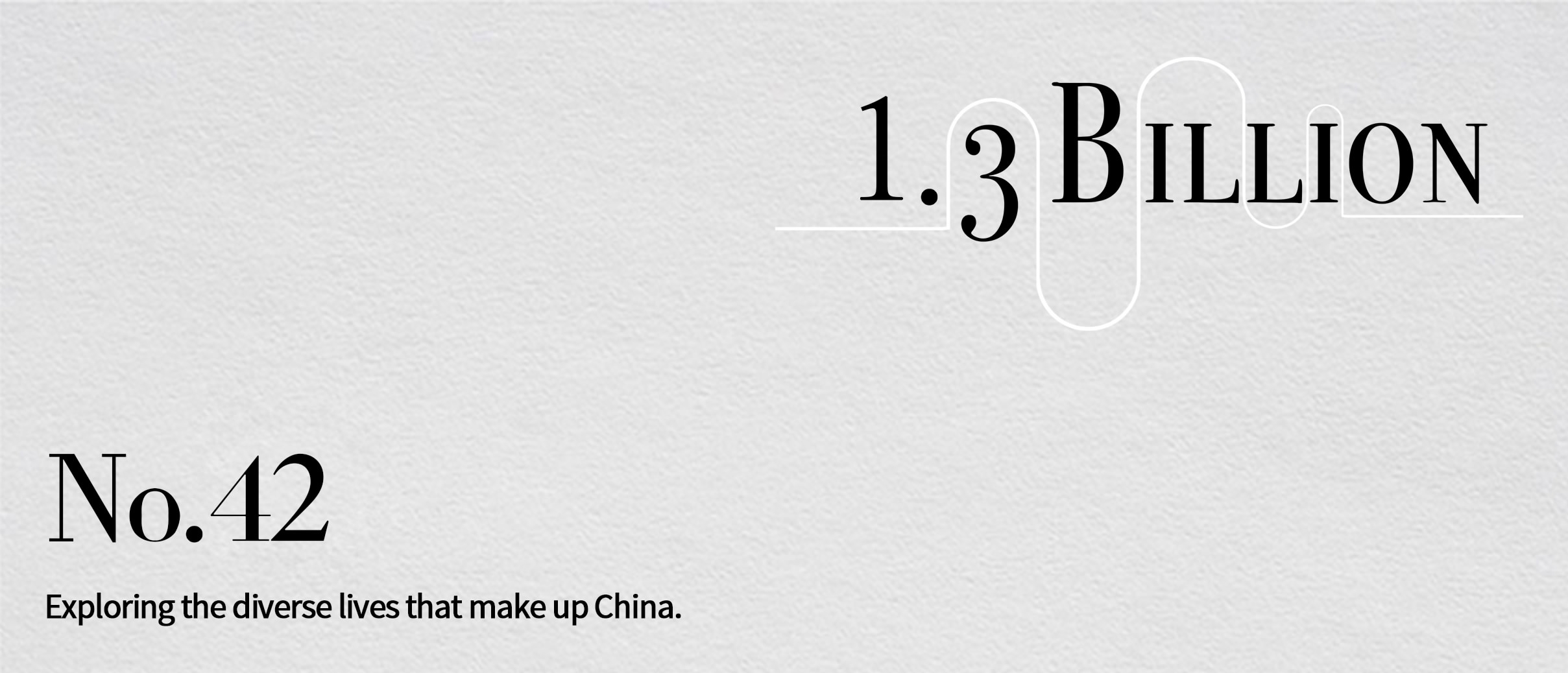
CGTN
CGTN
The Terracotta Army in northwest China's Shaanxi Province is a world-renowned cultural heritage.
The scale of the excavated pits is astonishing. There are warriors and chariots, even birds and beasts. With their sophisticated techniques, the ancient sculptors left us a panorama of the sumptuous life of China's first emperor.
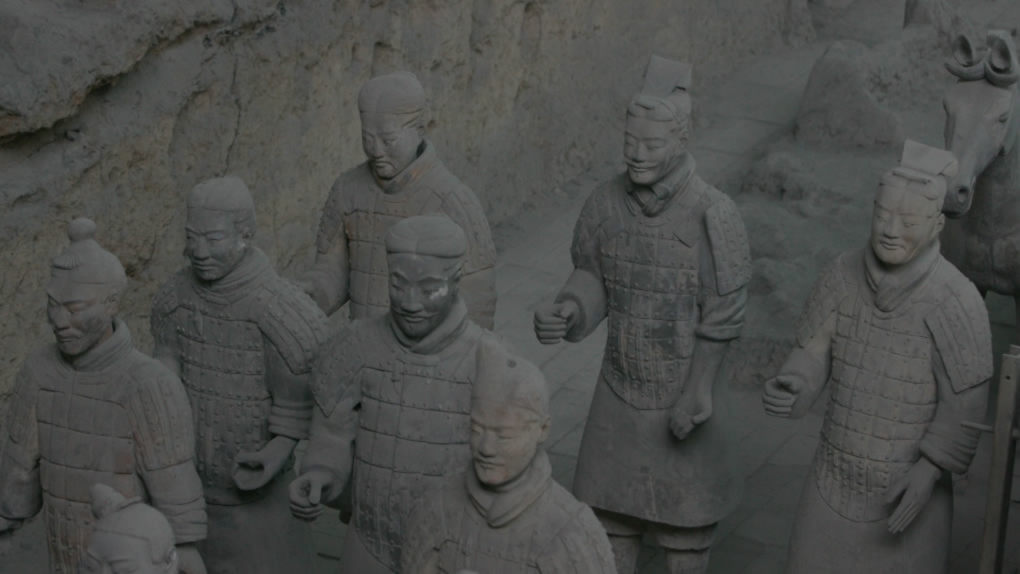
Terracotta Army in Shaanxi Province. /CGTN Photo
Terracotta Army in Shaanxi Province. /CGTN Photo
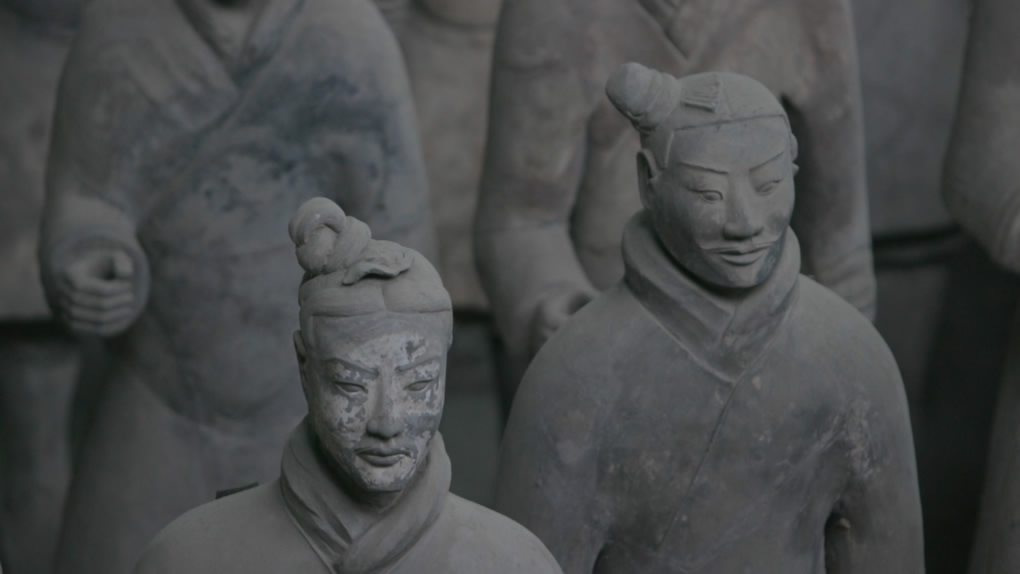
CGTN Photo
CGTN Photo
The stone armor displayed in Emperor Qinshihuang's Mausoleum Site Museum looks like this:
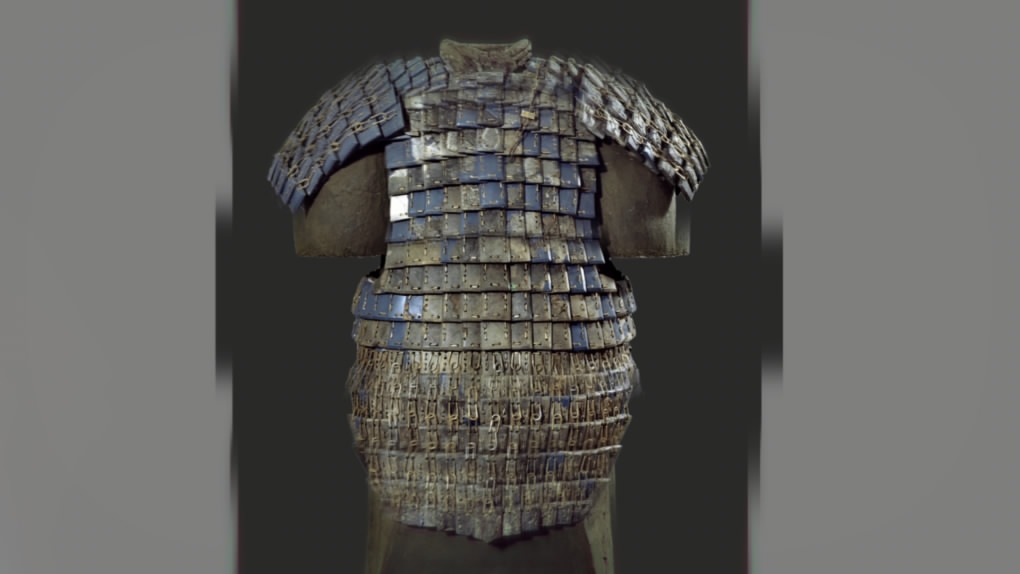
The stone armor. /CGTN Photo
The stone armor. /CGTN Photo
But when it was unearthed, things were totally different.
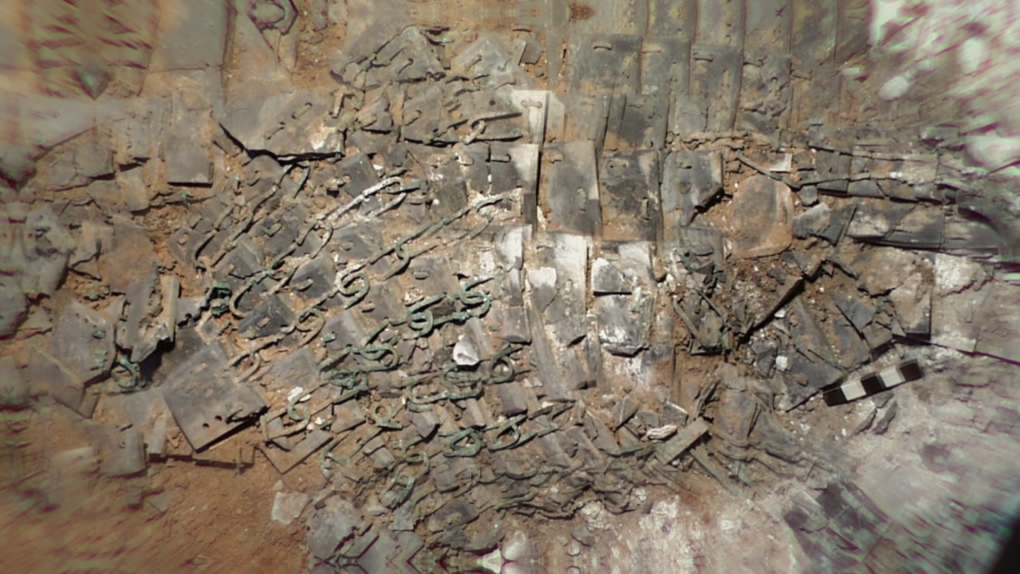
CGTN Photo
CGTN Photo
This is the bronze waterfowl exhibited in the museum.
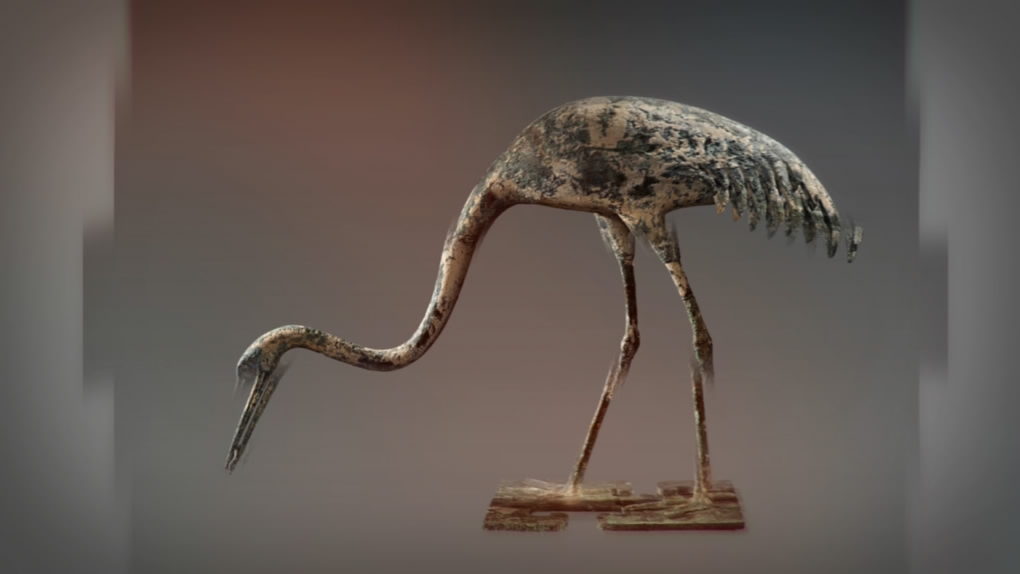
The bronze waterfowl. /CGTN Photo
The bronze waterfowl. /CGTN Photo
But when the archaeologists discovered it, the neck was broken into pieces.
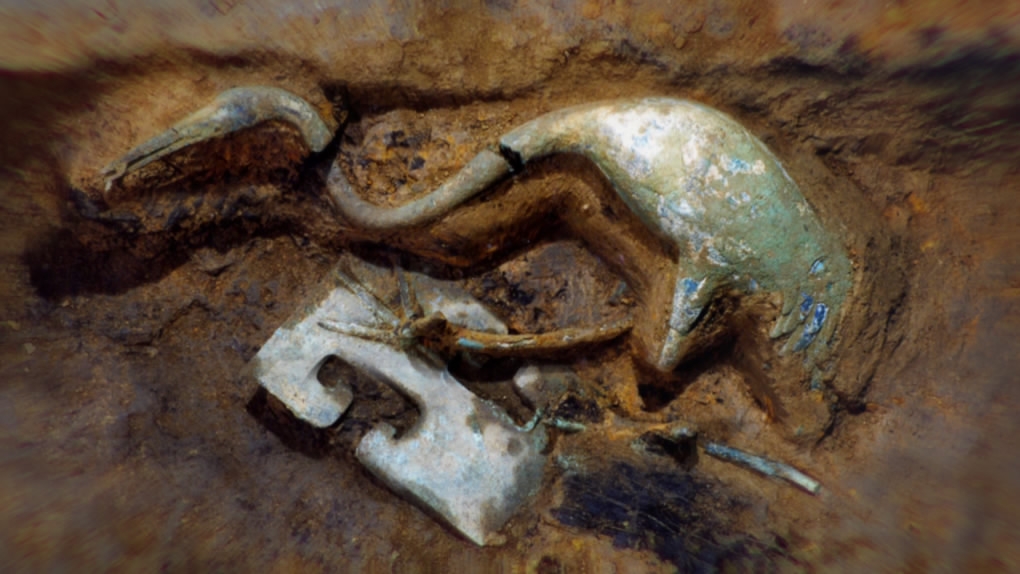
CGTN Photo
CGTN Photo
All the grandeur of the underground army was revealed by those unsung heroes: The relic restorers.
The two relics mentioned above were both restored by Ma Yu, who works in Emperor Qinshihuang's Mausoleum Site Museum. He has been doing his job for more than 20 years.
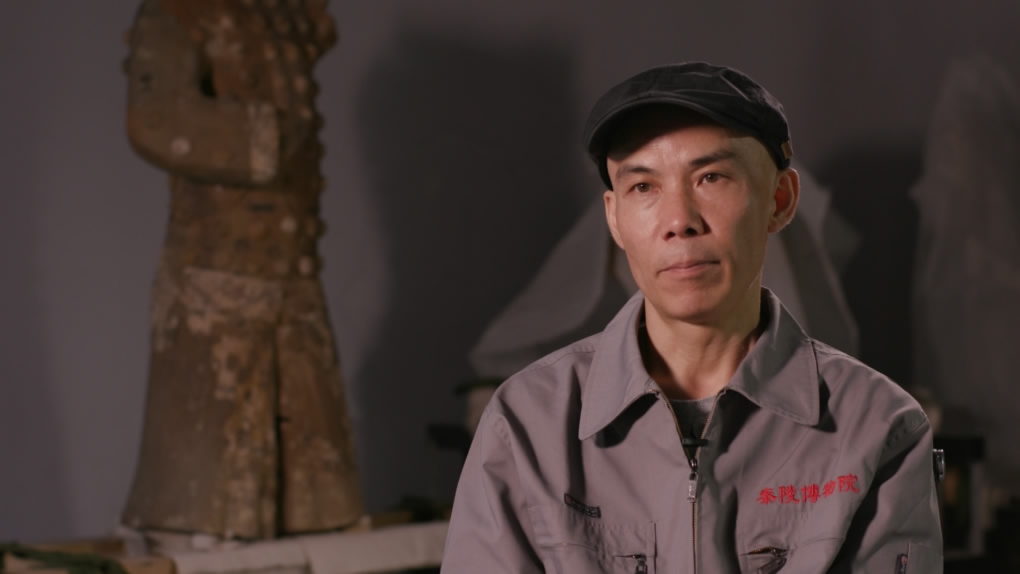
Ma Yu at the Emperor Qinshihuang's Mausoleum Site Museum. /CGTN Photo
Ma Yu at the Emperor Qinshihuang's Mausoleum Site Museum. /CGTN Photo
Another masterpiece of him is the Acrobatics Figure No. 4 of Pit K9901.
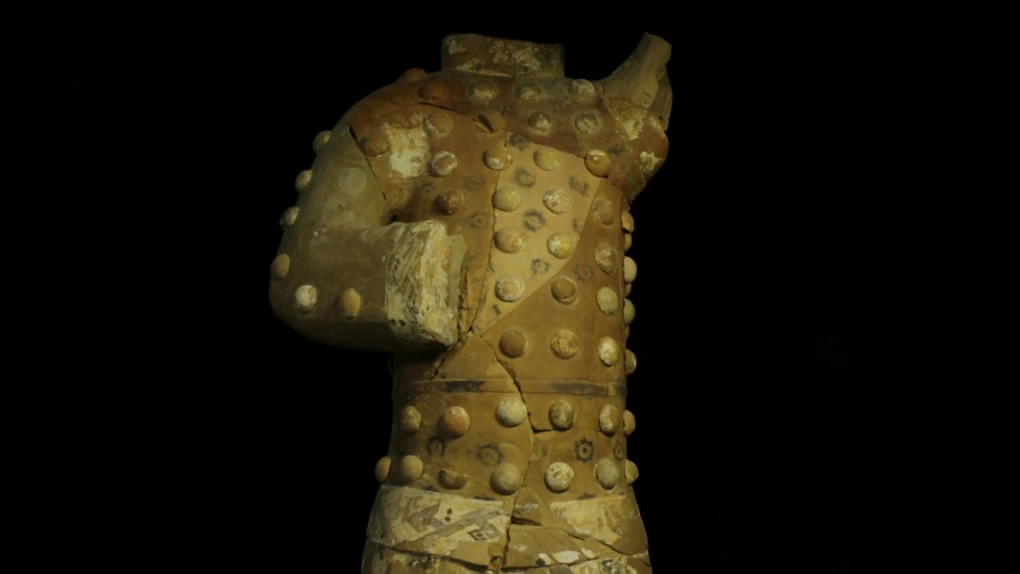
Acrobatics Figure No. 4 of Pit K9901. /CGTN Photo
Acrobatics Figure No. 4 of Pit K9901. /CGTN Photo
"When we first excavated the pit K9901, it seemed to have been severely damaged. Over a thousand fragments scattered in a wide area. The work load was huge," said Ma.
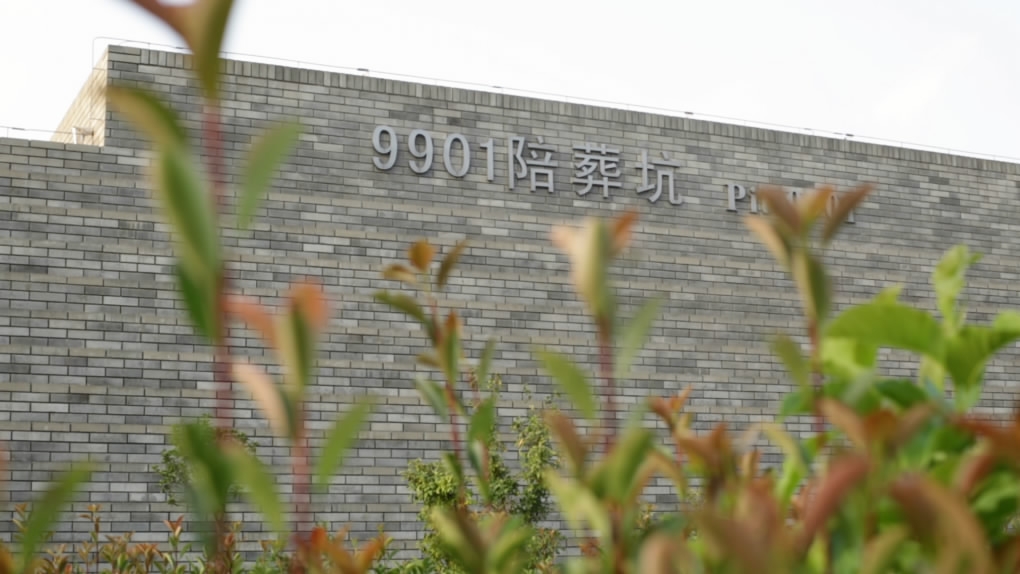
K9901 pit. /CGTN Photo
K9901 pit. /CGTN Photo
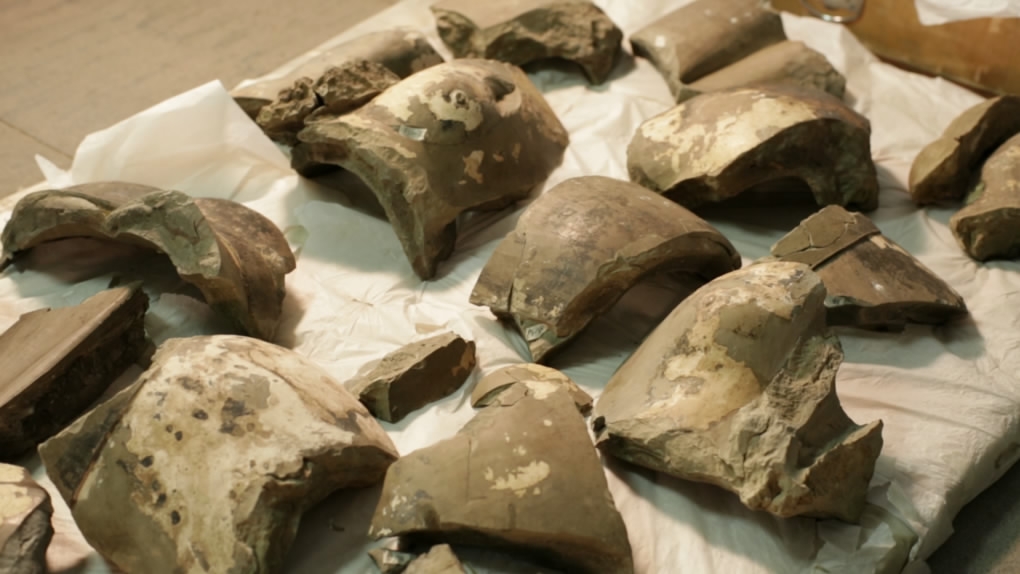
CGTN Photo
CGTN Photo
Among the acrobatics figures of Pit K9901, Figure No. 4 was exceptional. There are paoding (circular decorations) on his upper body clothing. Therefore, it is also called Paoding Figure.
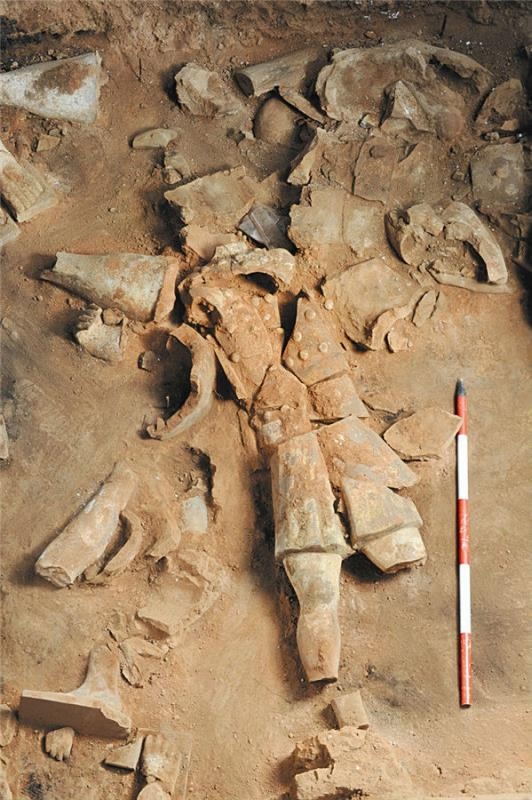
Acrobatics Figure No. 4 unearthed in 2012. /Photo via the official website of Emperor Qinshihuang's Mausoleum Site Museum
Acrobatics Figure No. 4 unearthed in 2012. /Photo via the official website of Emperor Qinshihuang's Mausoleum Site Museum
"We didn't paste back the circular decorations randomly. Each of them had its own position. After discussions, the archaeologists gave every circle a number, in order to match every one back in its very place."
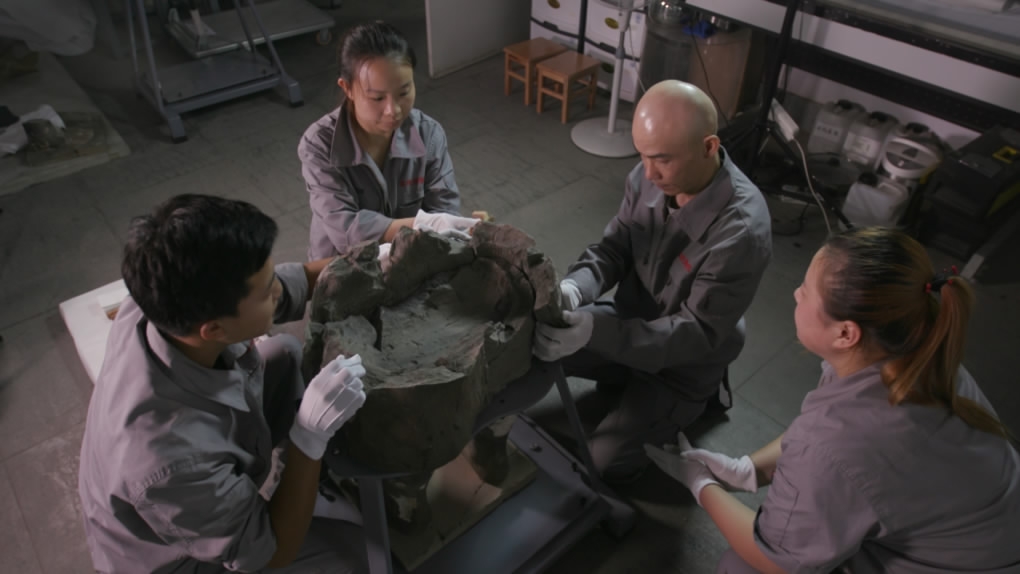
CGTN Photo
CGTN Photo
"Every relic is unique. There's no place for errors. You should be fond of it in the first place," said Ma. "This job requires ultimate attention, responsibility and patience."
Buried for over 2,000 years, the terracotta fragments almost mixed together with the dirt. Ma and his colleagues had to scrape the dirt away cautiously with scalpels.
"The scalpel has to go anticlockwise, but not horizontally, so that it won't leave scratches on the object or on the paint.”
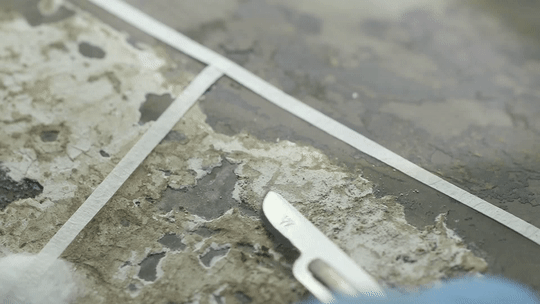
CGTN Photo
CGTN Photo
The elaboration makes the restoring job extremely time-consuming. For example, the restoration of Figure No. 4 took Ma and his colleagues two years to finish.
For him, conscience and sense of responsibility are most important for this job.
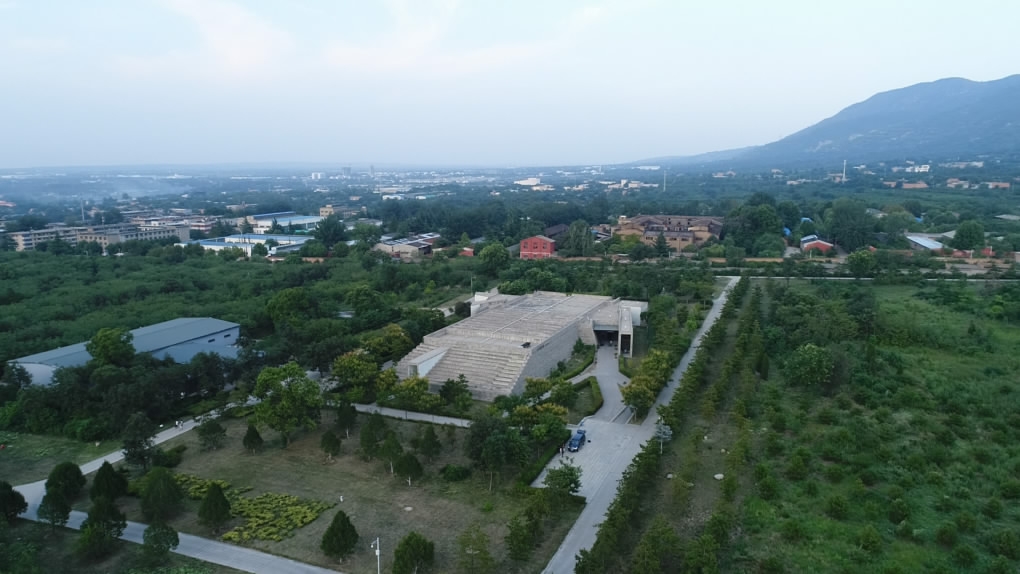
CGTN Photo
CGTN Photo
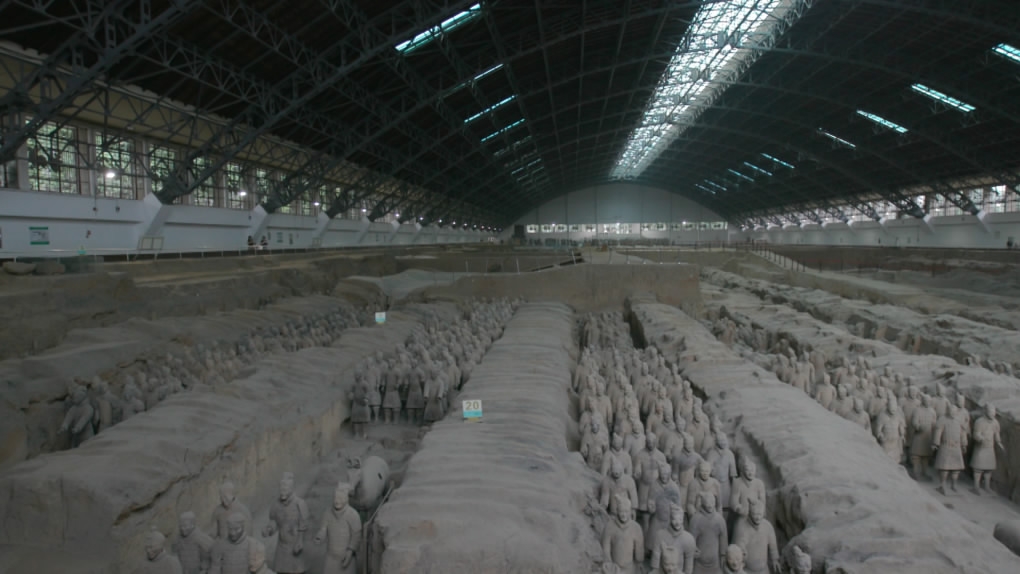
CGTN Photo
CGTN Photo
"When you are working on it, if you lost a little fragment, or scraped off something, nobody would know," he says. "So it's up to you to discipline yourself, to do it well. You should never disappoint the ancient people, nor the next generations."
Up to now, several pits of the mausoleum are still under excavation and conservation. They will be opened to public in the future. Thanks to the conscientious restorers like Ma Yu, the relics of the ancient civilizations are given a second life.
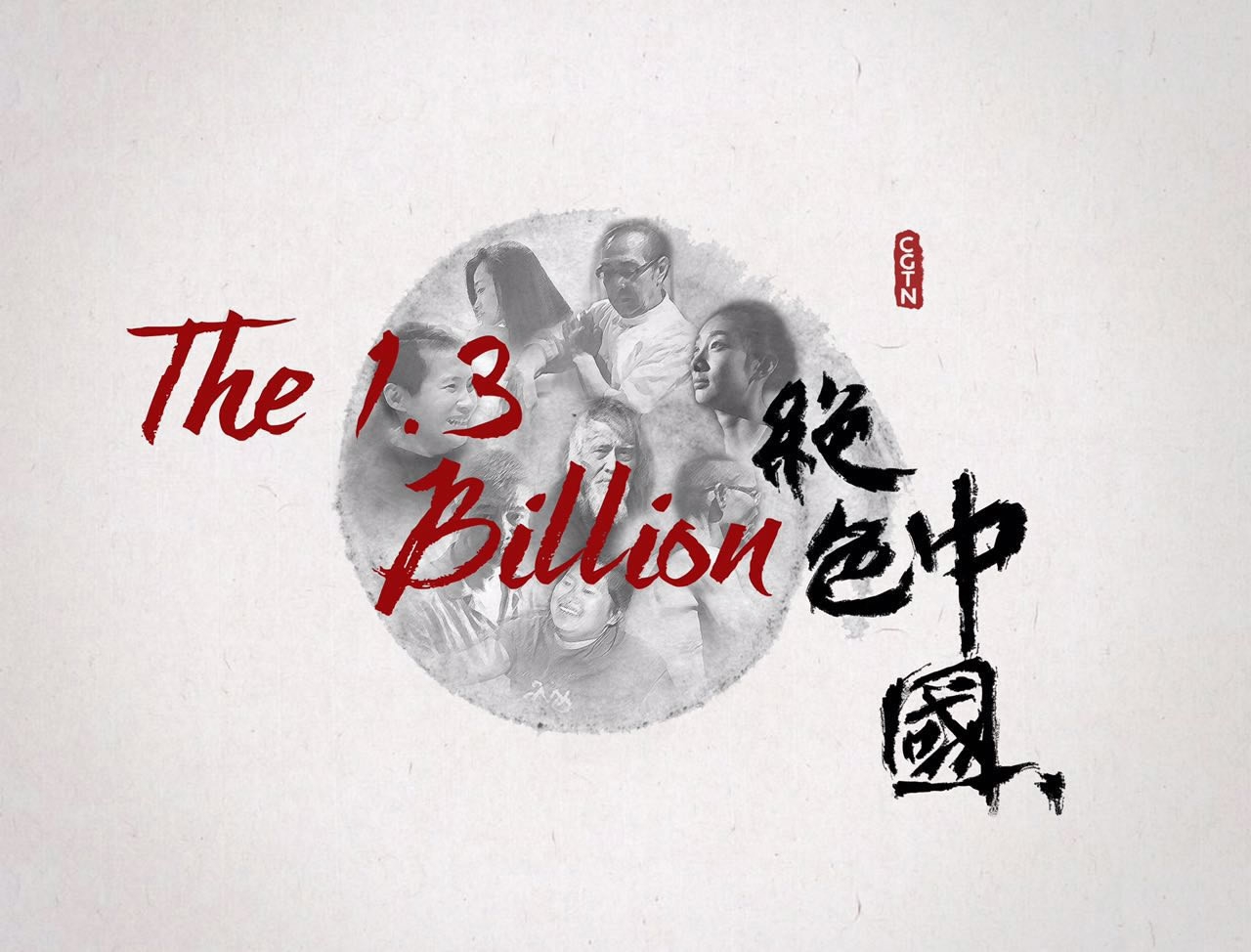
The story is one in "The 1.3 Billion" series exploring the diverse lives that make up China.
The story is one in "The 1.3 Billion" series exploring the diverse lives that make up China.

SITEMAP
Copyright © 2018 CGTN. Beijing ICP prepared NO.16065310-3
Copyright © 2018 CGTN. Beijing ICP prepared NO.16065310-3